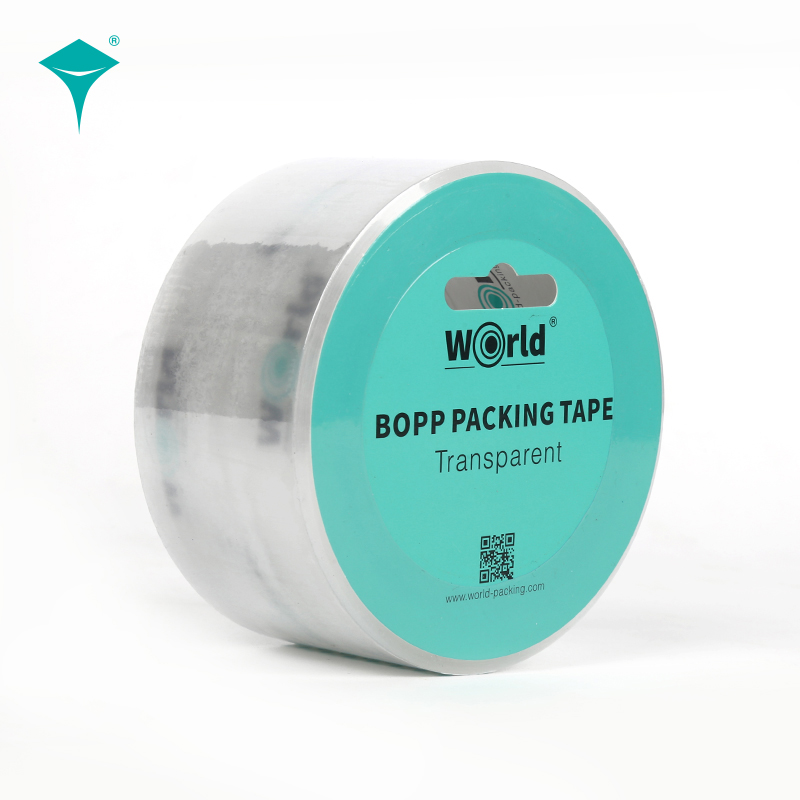
Introduction:
Tape, an essential tool in various industries and everyday use, relies heavily on the combination of adhesive and film for its effectiveness. Understanding how these components interact and affect the quality of the tape is crucial for ensuring optimal performance and reliability.
The Role of Adhesive:
Adhesive is the primary component responsible for bonding the tape to surfaces. Its composition, viscosity, and adhesive strength determine the tape’s ability to stick securely to different materials. The type of adhesive used can vary based on the intended application of the tape, whether it’s for packaging, sealing, masking, or specialty purposes. Factors such as temperature resistance, durability, and residue-free removal are essential considerations in adhesive selection to ensure the desired performance of the tape.
The Influence of Film:
The film component of the tape provides structural integrity and serves as a carrier for the adhesive. The film’s material, thickness, and flexibility impact the tape’s overall strength, tear resistance, and handling characteristics. Common film materials include polypropylene, polyethylene, PVC, and polyester, each offering distinct properties that contribute to the tape’s performance. The film’s surface properties, such as smoothness and texture, also influence the adhesive’s ability to adhere uniformly and securely to surfaces.
Synergy and Compatibility:
The successful combination of adhesive and film is crucial for achieving optimal tape quality.
The thickness combination of film and adhesive is typically determined by the thickness of the adhesive tape. For instance, for a 40-micron adhesive tape, a 23-micron or 25-micron film is commonly selected, resulting in the application of either a 17-micron or 15-micron adhesive. The thickness of the adhesive should generally be at least 2-3 microns lower than that of the film, but should not exceed the film thickness to avoid issues such as incomplete drying of the adhesive during coating, leading to problems like non-drying adhesive and adhesive flow. Conversely, the film thickness should not significantly exceed that of the adhesive, as it may reduce the tape’s adhesiveness. Generally, the adhesive coating thickness on the tape should be at least 10 microns thicker than the film.
Synergy between the adhesive and film ensures proper bonding strength, adhesion, and resistance to environmental factors such as moisture, heat, and UV exposure. Compatibility between the adhesive and film materials prevents delamination, edge curling, and other issues that compromise the tape’s performance and longevity. Manufacturers conduct extensive testing and quality control measures to ensure the compatibility and synergy of adhesive-film combinations in tape production.
